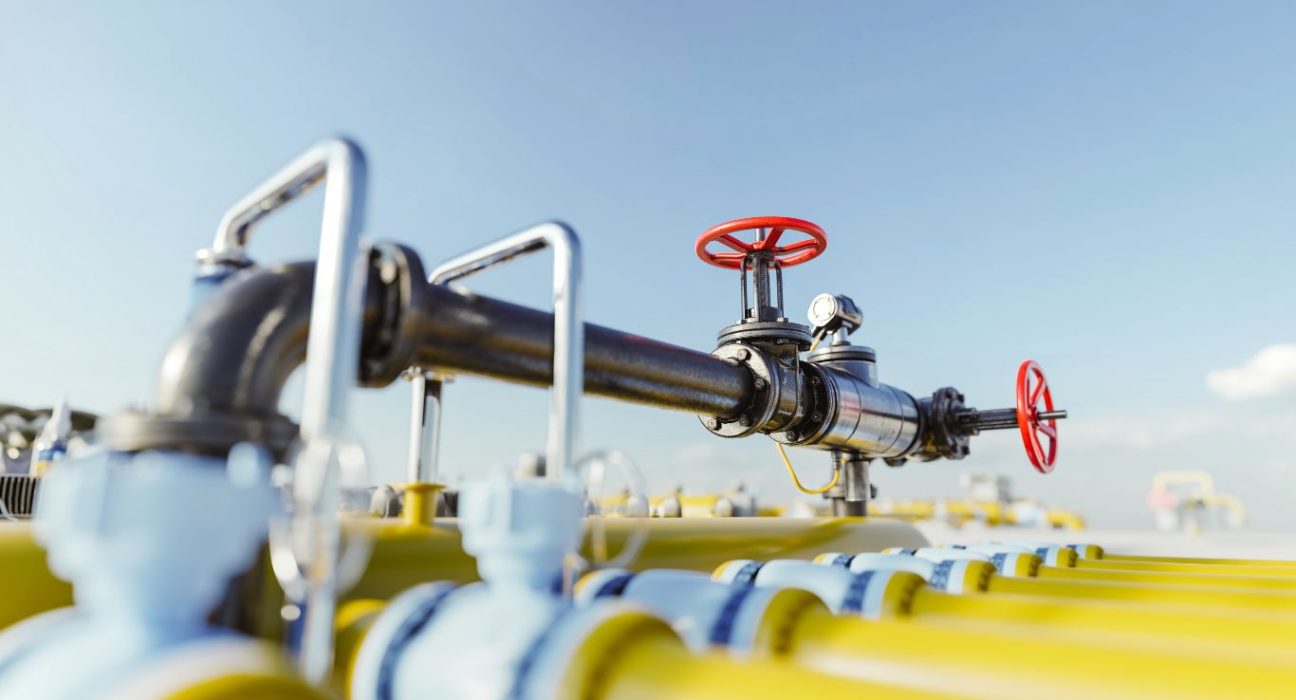Natural gas prices experienced a modest retreat on Tuesday, signaling a temporary pause in the strong recovery that has been underway since mid-June. This downtick coincided with a significant drop in open interest, creating a potential pathway for further gains in the very near future. However, the market now faces solid resistance at the March top, slightly above the $3.00 mark per MMBtu, which could influence its trajectory for the time being.
Open Interest Drop Provides Clues for Future Gains
The recent decline in natural gas prices was accompanied by a sharp drop in open interest, suggesting a shift in market sentiment and positioning. Open interest refers to the total number of outstanding contracts that have not been closed or delivered. As open interest declines, it can indicate a reduction in market participation or a decrease in speculative interest. In this case, the drop in open interest may pave the way for further gains in the natural gas market, as it suggests a potential decrease in bearish sentiment.
Resistance at $3.00 Mark per MMBtu Challenges Further Upside
While the natural gas market has been on a robust recovery path, the March top above the $3.00 mark per MMBtu poses a formidable resistance level. This resistance signifies a significant psychological barrier for traders and investors, as breaching it would require a considerable increase in buying pressure. The market’s ability to surpass this level will play a crucial role in determining the short-term direction of natural gas prices.
Market Recovery Signals Encouraging Trend
Despite the modest retreat, the natural gas market has shown an overall strong recovery since mid-June. This recovery can be attributed to several factors, including increasing demand for natural gas due to economic reopening, higher summer cooling demand, and the ongoing transition towards cleaner energy sources. The favorable market conditions have been supported by a decline in natural gas inventories, tightening supply-demand dynamics, and increased exports.
Seasonal Factors Influence Natural Gas Demand
The demand for natural gas experiences seasonal fluctuations, with summer months typically witnessing increased consumption. As temperatures rise, the need for natural gas-powered cooling systems intensifies, driving up demand for the commodity. The summer season plays a crucial role in shaping the trajectory of natural gas prices, and factors such as weather patterns, heatwaves, and hurricane activity can significantly impact supply and demand dynamics.
Ongoing Transition Towards Clean Energy
The ongoing transition towards cleaner energy sources has also contributed to the recovery and potential future gains in natural gas prices. Natural gas is often considered a bridging fuel as it produces lower emissions compared to coal and oil. As countries worldwide strive to reduce their carbon footprint, natural gas has emerged as a preferred option for power generation. This trend has bolstered demand for natural gas and supported its price recovery.
Geopolitical Developments Impact Natural Gas Prices
Geopolitical factors and global events can exert significant influence on natural gas prices. Disruptions in the supply chain, geopolitical tensions, and changes in trade policies can all impact the availability and cost of natural gas. Furthermore, developments in major natural gas-producing regions, such as the United States, Russia, and Qatar, can have a substantial impact on global prices. Monitoring these geopolitical factors is crucial for understanding the future trajectory of natural gas prices.
Conclusion: Potential Upside Ahead for Natural Gas Prices
Despite the modest retreat in natural gas prices, the market’s ongoing recovery and the drop in open interest signal a potential for further gains in the near term. However, the resistance level at the March top just above the $3.00 mark per MMBtu poses a solid barrier that must be overcome to sustain the upward momentum. Traders and investors will closely monitor market dynamics, including open interest trends, demand patterns, geopolitical developments, and the progress of the clean energy transition, to gauge the future direction of natural gas prices.
In summary, natural gas prices have retreated modestly amidst a strong recovery, while open interest and resistance levels play a pivotal role in shaping the market’s trajectory. The interplay between these factors, combined with seasonal demand patterns and geopolitical developments, will determine the potential upside for natural gas prices in the coming weeks and months.










